Victims of Qualified Immunity
Qualified immunity does not simply hinder the accountability of government employees, but also withholds justice from Americans who have experienced violations of their constitutional rights.
Here we have highlighted just a few of the many tragic stories of injustice gone unpunished as a result of unfair government protections. Ending qualified immunity would offer many individuals and families just like these the day in court that they deserve.
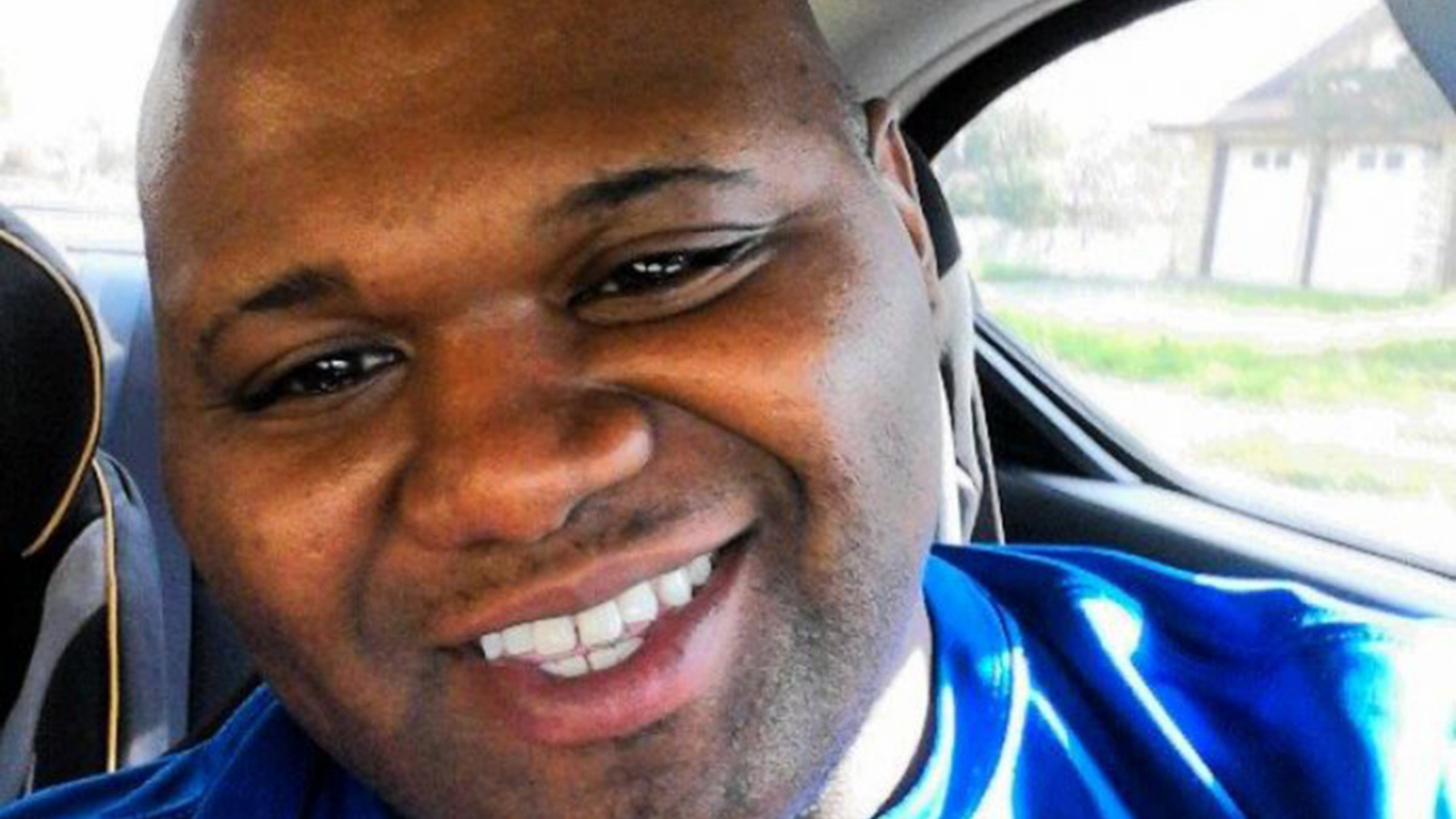
Norman Cooper—a proud father—was tased nine times by officers while handcuffed. Norman's last words were, "thank you, Jesus."

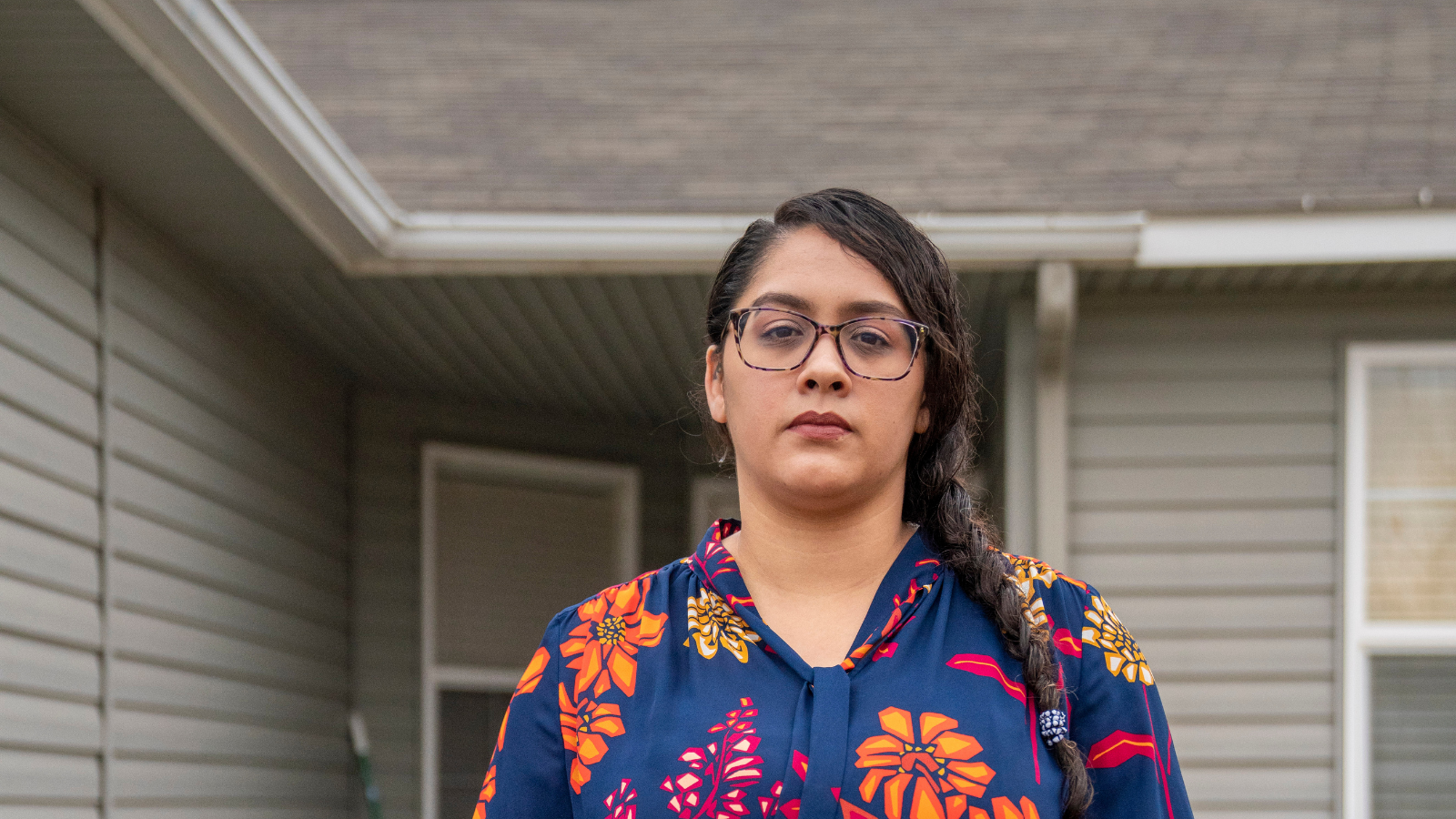
Shaniz West gave police officers permission to enter her house; they chose to bombard it with gas grenades, destroying her home and leaving her with the bill.

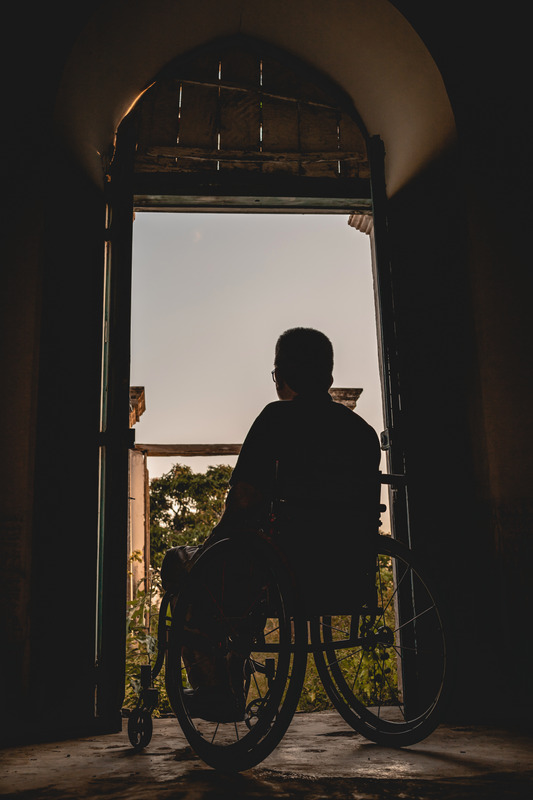
David Collie was shot in the back by officers who mistook him for a man ten years younger and a half of a foot taller. He is permanently paralyzed and the officers have faced no discipline.

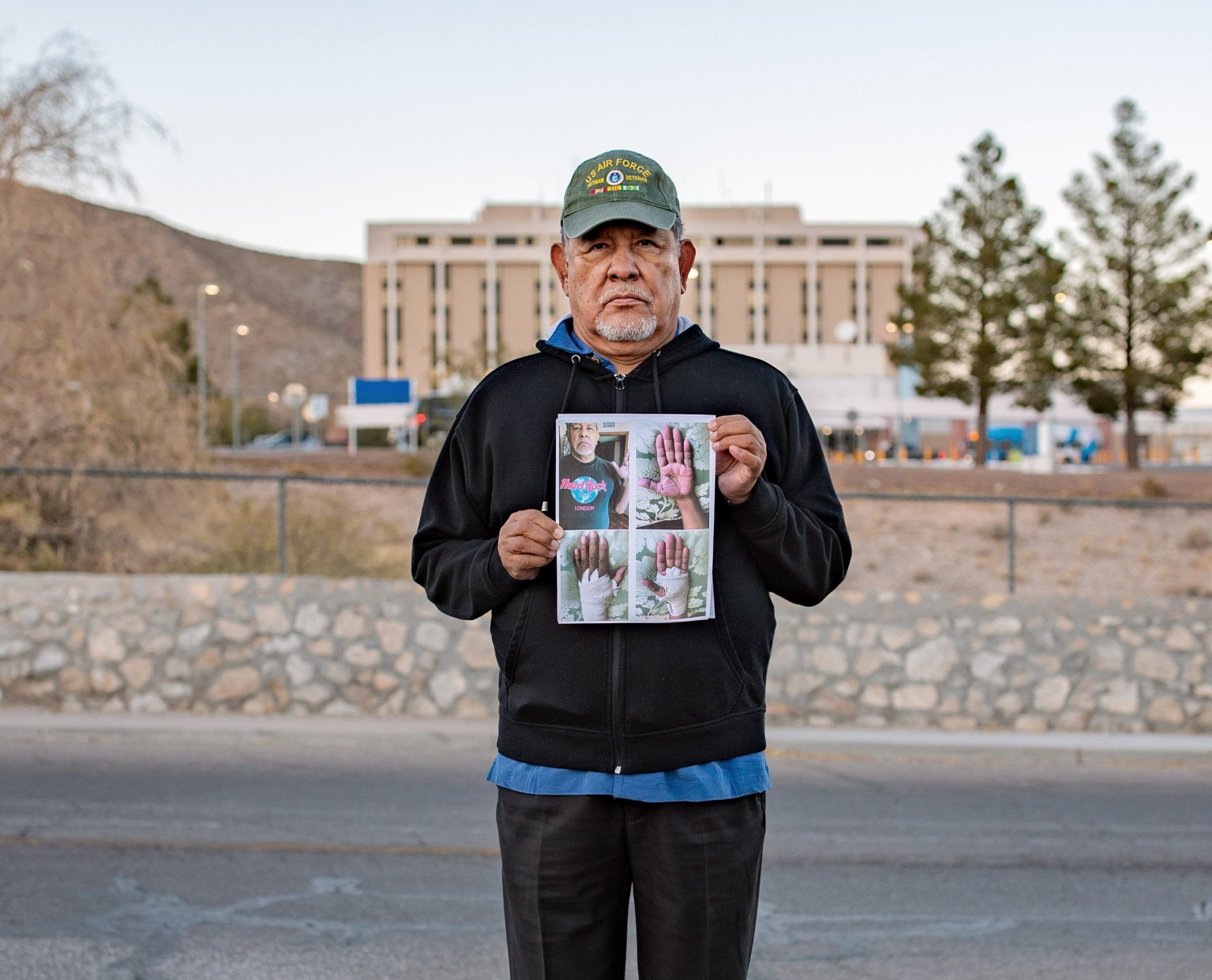
José Oliva survived the bloodiest year in Vietnam, fighting for our country, but he most feared for his life when he was brutally beaten in an unprovoked attack by federal officers in a Texas Veterans Affairs hospital.

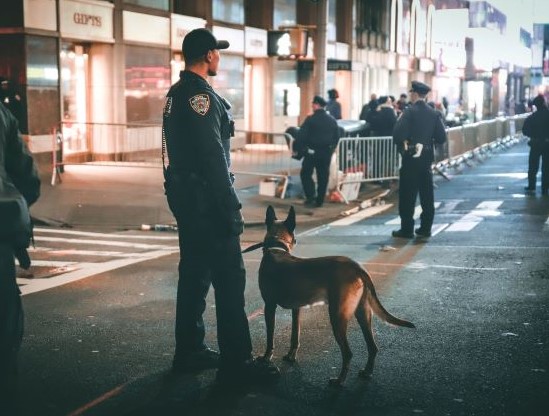
Alexander Baxter was sitting on the ground with his hands in the air when officers released a canine to attack him.

More
Victims
Micah Jessop
Dr. Joseph Zadeh
Child of Amy Corbitt
Melanie Kelsay
Joshua Brennan
Dr. Aleashia Clarkston
Prince McCoy
Texas prisoner Prince McCoy sued Mr. Alamu, a correctional officer, for violating his eighth amendment rights by spraying him in the face with a chemical agent without provocation. Despite McCoy suffering from burning skin, difficulty breathing, anxiety, nightmares, and depression, a Use of Force Report later found that he hadn’t suffered any injuries. Alamu was granted summary judgment on the basis of qualified immunity in McCoy v. Alamu.
Ernie Fitzgerald
QI’s first victim. The modern test for qualified immunity was established in Harlow v. Fitzgerald in 1982. The court held that qualified immunity applied to Harlow and Butterfield, presidential aides to President Nixon who took official action to fire Fitzgerald from his federal job for his whistleblowing (exposed covert Pentagon spending waste), and that such an action would lie outside the scope of immunity only when officials have violated clearly established statutory or constitutional rights.
Quamaine Mason
In response to a 911 call about a possible armed robbery, an officer shot suspect Quamaine Mason seven times while also releasing his canine. At trial, the jury found that although the officer’s shooting was objectively unreasonable under the Fourth Amendment, he was nevertheless entitled to qualified immunity.
Sergio Adrián Hernández Güereca
In 2010, 15-year-old Mexican teenager Sergio Adrián Hernández Güereca was playing along the US-Mexico border with friends when a border patrol agent arrived. Sergio fled, unarmed, and was shot and killed on Mexican soil by the agent. In Hernández v. Mesa, the Supreme Court ruled that the agent is protected from legal liability.
Malaika Brooks
Malaika Brooks was seven months pregnant and driving her 11-year-old to school when she was pulled over for speeding. When she refused to sign the speeding citation and exit her vehicle, officers, aware of her pregnancy, used a taser in her thigh, arm, and neck, then proceeded to handcuff and drag her onto the street face down. A federal appeals court ruled that the officers were not liable because “it was not sufficiently clear” whether their actions violated the Constitution.
Jacob Anderson
After being discovered face-down in the snow, 19-year-old Jacob Anderson was declared dead of hypothermia after a 30-second pulse check. This allegedly premature action, which violated the Fire Department’s own emergency protocols, could have deprived Jacob of life-saving medical assistance. The family filed suit against the city for liability, but the city employees were granted immunity.
Abolish QI. Add Your Voice.
Join the growing list of Americans who believe that government officials must be able to be held accountable when they violate our rights.